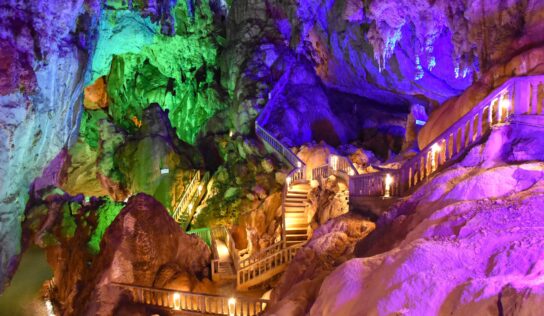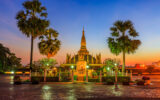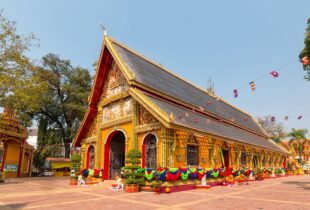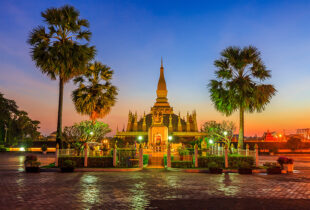Off-road Biking – Bamboo Back Trails
Laos offers a wealth of off-road biking opportunities all over the country. Check out this single track bamboo route from the Mekong plains to the Phou Phenang Plateau just north of Vientiane.
Another 24 Hours in Vientiane
24 Hours in Vientiane is simply not enough, so check out our recommendations for your second day in Vientiane, with plenty to see, do and eat! Get ideas often overlooked by visitors and residents alike!
24 Hours in Vientiane
With just 24 hours to explore Vientiane, what should you do? Vientiane has a wealth of hidden gems to discover for those wanting to get a real feel for this charming city. Read on for some great inside tips on what to do in Vientiane.
Foodie Experiences in Laos
Laos is a foodie’s paradise, especially for those looking to add an experiential flavour into the mix. Ever had a yearning to milk a buffalo, plant rice in paddy fields or to harvest your own coffee beans while learning about and enjoying the fruits of your labour?
Exploring Street Food in Vientiane
Laos is an amazing country for food lovers, and there’s no better way to start sampling street food than to visit a local market in Vientiane.

















